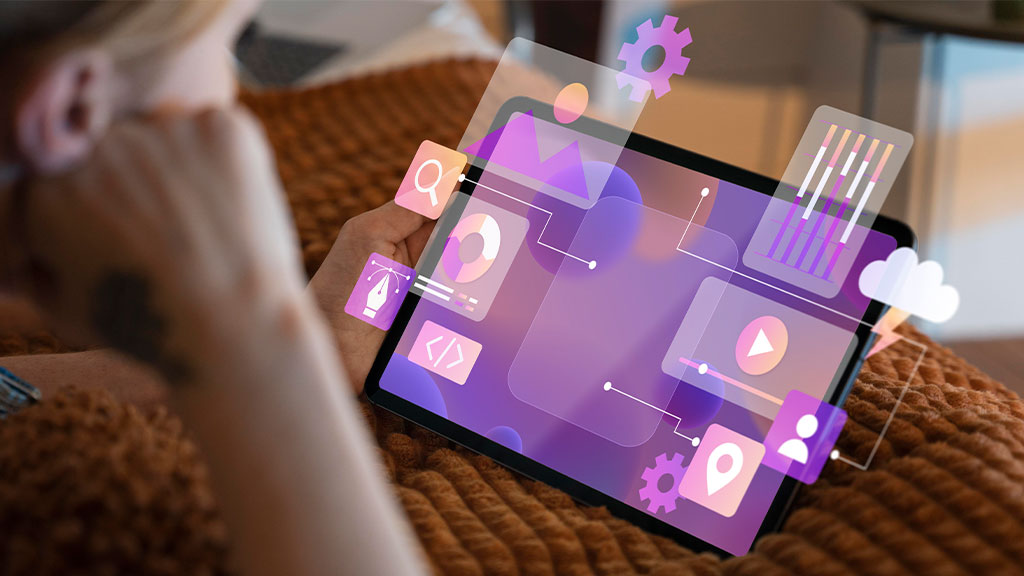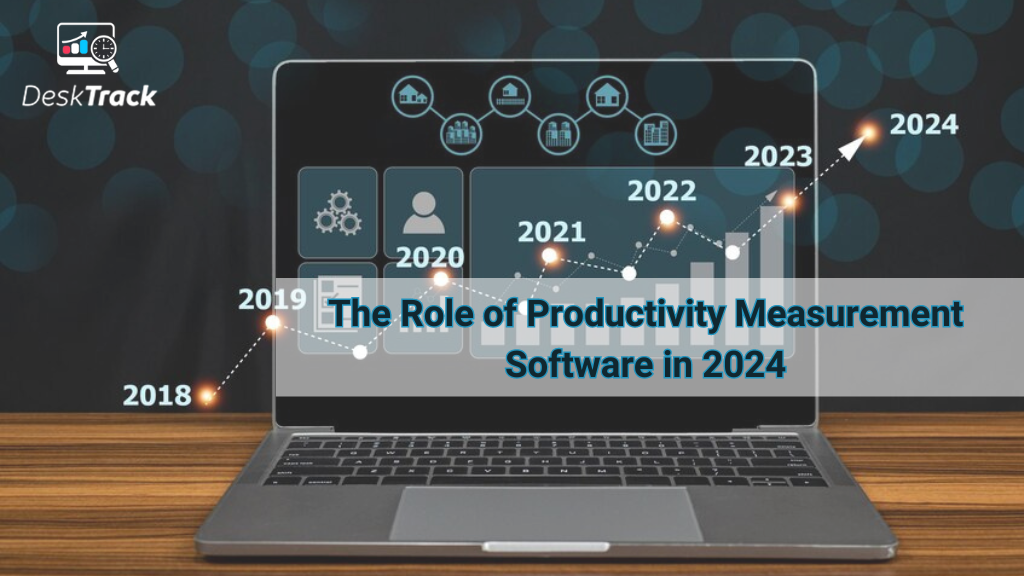5 Steps To Engrave A PCB
- The printed circuit board (PCBs) is known as one of the most vital aspects of almost all electronic applications. Most people have ideas about what PCBs are, but only a few people understand how they are engraved, manufactured, or edited. Today, PCBs are prepared by using the process of pattern plating. They will keep on working until the next phase, which is inclusive of etching plus stripping. This guide will put you through the various processes and methodologies in the printed circuit board (or we can say PCB) making process but will emphasize or throw more light on the same circuit board’s etching plus stripping factors.
Designing plus Manufacturing steps of PCBs
Depending on nature and the manufacturer’s preference, the PCB manufacturing guide can change slightly, varying mostly in the presence or sector of the element mounting methods, testing technologies, and many other techniques. They are prepared and hiked in bulk or massive quantities using various automated machines for drilling, plating part, punching, and several other stages or processes. If we ignore some of the small or change in variations, the vital stages which are involved in the PCB manufacturing process are purely similar or the same.
Step 1: The 8 options to build or manufacture or etch your PCBs
PCBs are generally made by bonding a copper layer all over the whole of the composition. In various cases, both sides of the composition are dipped or made invisible by making proper use of the copper layers. The PCB etching method or technique, also known as a regulated horizontal process, is carried out to eliminate or remove the excess and extra amount of copper from the PCB panel with a temporary mask. After the etching process is completely over, the circuit board is left only with the necessary and required copper traces. The PCB etching process is mainly performed using highly aggressive ammonia used compounds (liquid form) – ferric chloride(or hydrochloric acid in some cases). Both of the chemicals are regarded as economical and also plentiful. To etch your desired PCB, you are required to follow several points, as mentioned below.
- The circuit board’s design is the first stage of the etching process, taking any desired choice software. Once the design is set, get it acquainted with the transfer material. But make sure that the outlook will fit inside the glossy part of the paper.
- Now, the copper plate needs to be coated with sand neatly. This is done to ensure that the surface is rough enough to get hold of the circuit board design.
- However, it is mandatory to clean the copper plate by taking the help of water and rubbing alcohol. This will assist in the elimination of small copper particles that are present on the plate surface. After the phase of washing is done, allow the plate to get dry at a stretch. This will help in getting the copper plate ready for the next step.
- Now pull off the PCB outlook (or design) precisely and put the board facing downwards on the copper plate’s upper part. The plate is now made to pass through the laminators several times until the copper plate gets heated to put it into use.
- As soon as the plate is heated, please remove it from the laminator’s location, and place it in a cold tub. Gently mix the plate for some minutes to ensure that the taken paper floats on the given liquid (water).
- Grab the circuit design out of the tub, and place it into the prepared etching solution. Again, kindle the plate for nearly half an hour, which will dissolve the unwanted copper around the model’s outlook.
- Once the excess amount of copper is removed off in a water bath, it is advisable to allow the plate to dry. After the copper plate gets completely dry, rub the alcohol solution to remove the ink transferred to the circuit board outlook.
- Now, you possess an etched circuit board that is completely prepared; however, you must drill the holes with proper tools.
Step 2: Stripping Method of PCBs
Even after the etching stage gets finished, some traces of the copper remain on the circuit board part, which gets covered and hidden by the addition of tin (as well as lead) or electroplated tin, to be precise. However, nitric acid use removes the tin effectively while balancing the copper circuit’s cracks below the tin metal material.
Step 3: Solder Hindrance
This is considered the most vital or important stage in the designing process of PCB because it broadly deals with all the unsoldered parts present on the circuit boards with the help of solder resist material.
Step 4: PCB Examining
After the PCB circuit is fully manufactured, examining becomes a crucial factor as it helps to check the functioning and features. In this stage, the PCB manufacturer regulates whether the formed circuit board is working as per the needs. Nowadays, PCBs are examined by the use of several advanced examining tools. The ATG test machine is precisely used for examining high volume PCBs that are inclusive of several flying probes and fixtureless examiners.
Step 5: PCB Lobbying
This is the concluding phase of PCB manufacture, mostly setting up various electronic elements in their respective positions. This can be done by either the via-hole methodology or surface mount method. Both the methodologies ensure that the heads of the component are certain electrically and mechanically to the circuit board with a molten metal solder’s assistance.
To Sum Up
As you might have already guessed, the etching of PCB revolves around the use of various stages or methods broadly used in the safe completion of projects based on circuit boards. Various circuits can be made to etch at the same time. They are somewhat clinical as compared to the techniques of etching since they help in creating various lines to various such circuit boards and possess some equipped benefits that modifying a PCB hopes to put forth. Thus we can conclude that the PCB design needs proper handling and management techniques to use it.




